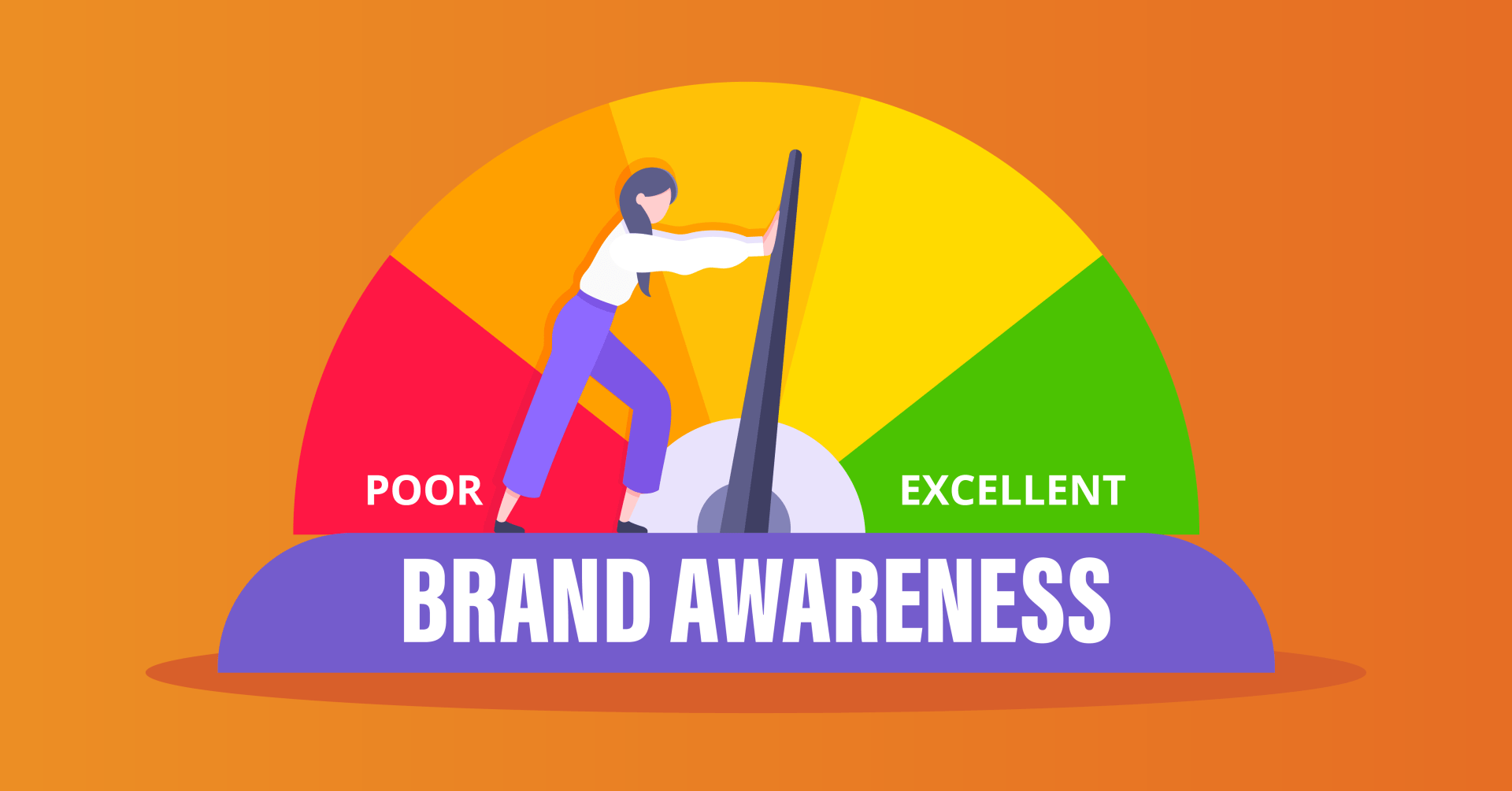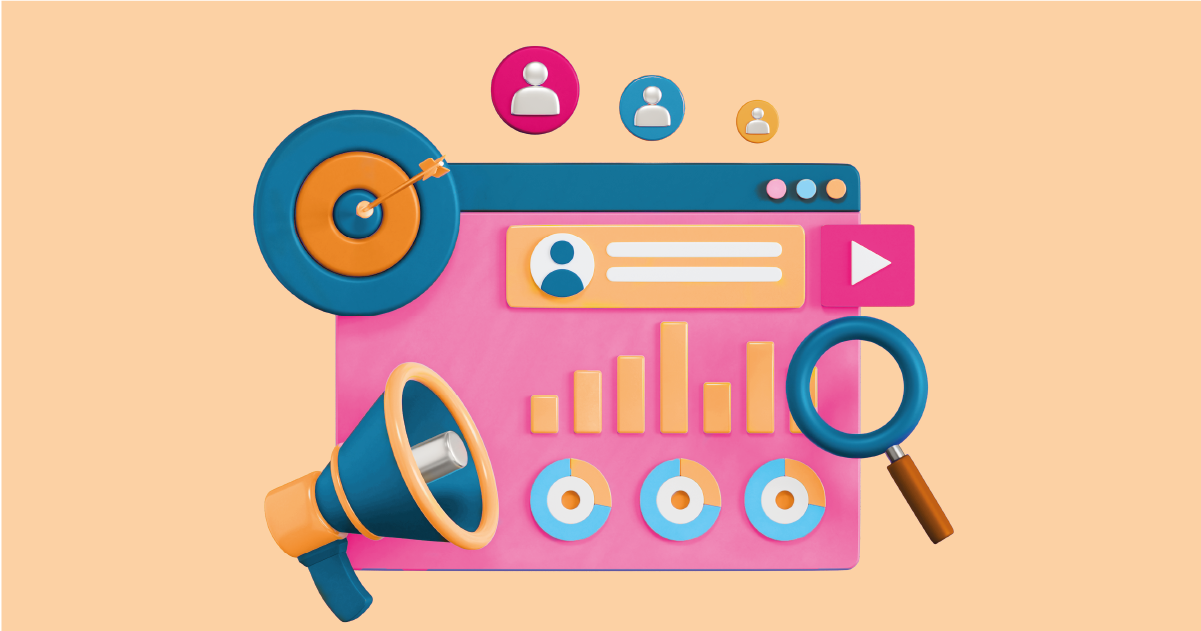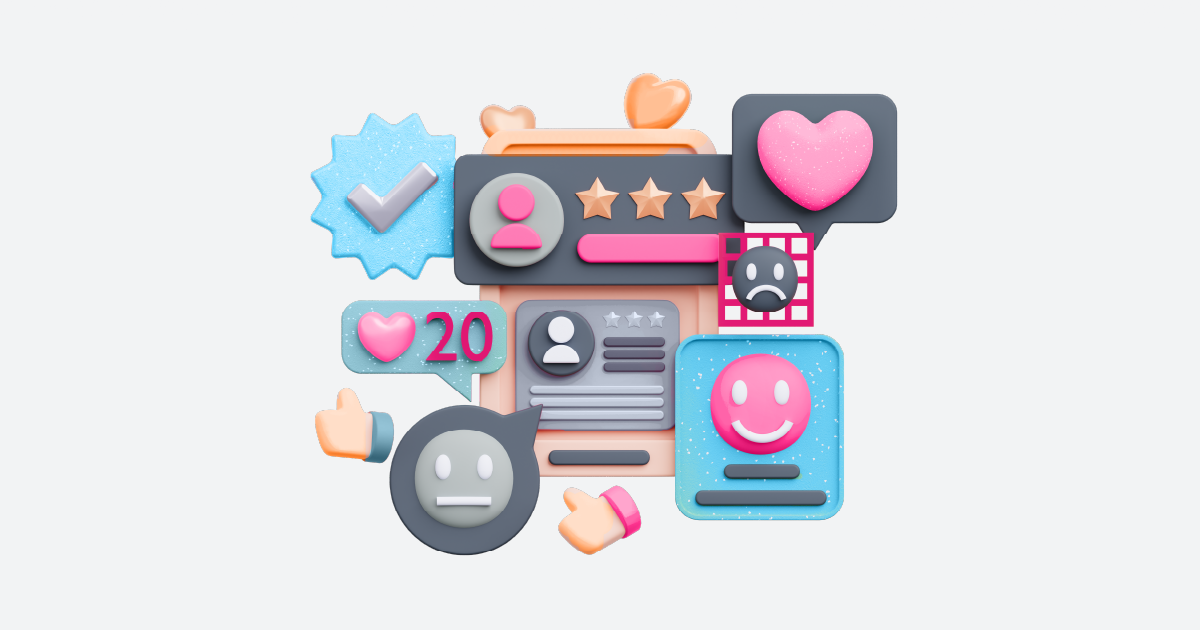In today’s competitive marketplace, brand awareness isn’t just a buzzword; it’s a critical element of success. But how do you know if your brand is actually making an impact? This is where brand awareness measurement tools come into play. These tools help you gauge how well your brand is recognized and understood by your target audience. But with so many options out there, how do you choose the right one? In this comprehensive guide, we’ll walk you through everything you need to know about brand awareness measurement tools, from the basics to the latest trends.
Overview of Brand Awareness Measurement Tools

What is Brand Awareness?
Brand awareness refers to how familiar your target audience is with your brand. It’s the extent to which consumers recognize your brand, products, or services. A strong brand awareness means that people not only recognize your brand but also associate it with specific attributes, feelings, or experiences.
Importance of Measuring Brand Awareness
Measuring brand awareness is crucial because it provides insights into how well your marketing efforts are working. It helps you understand if your brand is resonating with your audience and if your message is reaching the right people. Without measurement, you’re essentially flying blind, making it difficult to refine your strategies and grow your brand.
Types of Brand Awareness Measurement Tools
Social Media Monitoring Tools
Social media is a powerful platform for building and measuring brand awareness. Also, social media monitoring tools allow you to track mentions of your brand across various platforms, giving you insights into how often your brand is being talked about and the sentiment behind those mentions.
Features of Social Media Monitoring Tools
These tools often come with features like real-time monitoring, sentiment analysis, and competitor tracking. They help you understand not just the volume of brand mentions but also the context, which is crucial for understanding public perception.
Popular Social Media Monitoring Tools
- AIM Insights: A comprehensive tool that offers deep insights into brand mentions, sentiment, and trends.
- Hootsuite: While primarily a social media management tool, Hootsuite also offers robust monitoring features.
- Mention: A user-friendly tool that tracks brand mentions across social media, forums, blogs, and more.
Survey and Polling Tools
Surveys are a direct way to measure brand awareness by asking your audience specific questions about your brand. This method allows you to gather detailed insights straight from the source.
How Surveys Measure Brand Awareness
Surveys can ask questions like, “Have you heard of our brand?” or “What do you think of when you hear our brand name?” The answers help you gauge how well your brand is known and what associations people have with it.
Best Practices for Using Survey Tools
- Keep it short and simple: The easier it is for respondents to complete the survey, the more likely they are to do it.
- Use a mix of question types: Combine multiple-choice questions with open-ended ones to get both quantitative and qualitative data.
- Timing is key: Send surveys at a time when your audience is most likely to respond.
Web Analytics Tools
Web analytics tools like Google Analytics can provide indirect insights into brand awareness. By tracking metrics like direct traffic, you can infer how many people are visiting your site because they know your brand.
How Web Analytics Contribute to Brand Awareness
Web analytics tools track how users interact with your website. If you’re seeing high direct traffic, it likely means that people are specifically searching for your brand or typing your URL directly, indicating strong brand awareness.
Key Metrics to Track with Web Analytics Tools
- Direct Traffic: Visitors who come to your site without a referral source.
- Branded Search Volume: The number of times people search for your brand name.
- Referral Traffic: Visitors who come from links on other websites, indicating that your brand is being talked about.
Key Features to Look for in Brand Awareness Tools
Real-Time Data Collection
In today’s fast-paced world, real-time data is essential. Brand awareness tools that offer real-time data collection allow you to respond quickly to trends, mentions, and any potential PR crises.
Sentiment Analysis
Understanding how people feel about your brand is just as important as knowing how often they mention it. Sentiment analysis features help you gauge the emotions behind the mentions, whether positive, negative, or neutral.
Audience Segmentation
Not all audiences are the same, and neither are their perceptions of your brand. Tools with audience segmentation features allow you to analyze brand awareness across different demographics, locations, and more.
Top Brand Awareness Measurement Tools in 2024
Google Analytics
While primarily a web analytics tool, Google Analytics offers valuable insights into brand awareness through metrics like direct traffic and branded search volume. It’s a must-have tool for any brand looking to understand its online presence.
AIM Insights
AIM Insights is one of the most comprehensive social media monitoring tools on the market. It offers in-depth insights into brand mentions, sentiment, and trends, making it a powerful tool for measuring brand awareness.
SurveyMonkey
SurveyMonkey is a popular tool for creating and distributing surveys. It’s user-friendly and offers a wide range of question types, making it ideal for measuring brand awareness directly from your audience.
Mention
Mention is a versatile tool that tracks brand mentions across social media, forums, blogs, and more. Its real-time alerts and sentiment analysis features make it a great choice for brands looking to stay on top of their online reputation.
How to Choose the Right Tool for Your Brand
Define Your Brand Goals
Before choosing a brand awareness tool, it’s important to define your goals. Are you looking to increase social media mentions, improve public perception, or boost website traffic? Knowing your objectives will help you choose the right tool.
Understand Your Audience
Different tools are better suited to different audiences. For example, if your audience is highly active on social media, a social media monitoring tool like Brandwatch or Mention might be the best choice.
Budget Considerations
Brand awareness tools come in a wide range of price points. It’s important to choose a tool that fits within your budget while still offering the features you need.
Steps to Implement Brand Awareness Tools
Setting Up the Tool
Once you’ve chosen your tool, the first step is to set it up. This often involves creating an account, setting up dashboards, and configuring any necessary integrations.
Integrating with Existing Systems
To get the most out of your brand awareness tool, it should be integrated with your existing systems, such as CRM, email marketing, and social media platforms.
Training Your Team
A tool is only as good as the people using it. Make sure your team is properly trained on how to use the tool, interpret the data, and apply insights to your marketing strategies.
Common Challenges and How to Overcome Them
Data Overload
With so much data available, it can be overwhelming to sift through it all. The key is to focus on the metrics that matter most to your brand goals and use filtering features to narrow down the data.
Interpreting Results
Data is only useful if you know how to interpret it. Many tools offer analytics and reporting features to help you make sense of the data. It may also be beneficial to consult with a data analyst.
Keeping Up with Industry Trends
The world of brand awareness is constantly evolving. Stay ahead of the curve by regularly updating your tools and strategies to reflect the latest trends and technologies.
Case Studies
Case Study 1: Nike
Nike uses a combination of social media monitoring tools and web analytics to track brand awareness. Their ability to quickly respond to trends and engage with their audience has kept them at the forefront of the industry.
Case Study 2: Coca-Cola
Coca-Cola leverages survey tools and sentiment analysis to understand how their brand is perceived globally. This data is used to tailor their marketing strategies to different regions, ensuring consistent brand messaging.
Future Trends
AI and Machine Learning in Brand Tracking
Artificial intelligence and machine learning are set to revolutionize brand awareness measurement. These technologies can analyze vast amounts of data quickly and accurately, offering deeper insights than ever before.
The Rise of Influencer Metrics
As influencer marketing continues to grow, tools that measure the impact of influencers on brand awareness will become increasingly important. These metrics will help brands understand the ROI of their influencer partnerships.
Conclusion
Measuring brand awareness is essential for any brand looking to grow and maintain a strong market presence. By choosing the right tools and implementing them effectively, you can gain valuable insights into how your brand is perceived and make data-driven decisions to enhance your brand’s impact. Whether you’re a small business or a global corporation, there’s a brand awareness tool out there that can help you achieve your goals.
Interested in seeing how brand awareness tools can transform your marketing strategies? Request a demo from AIM Technologies today and discover the best solutions tailored to your needs!




